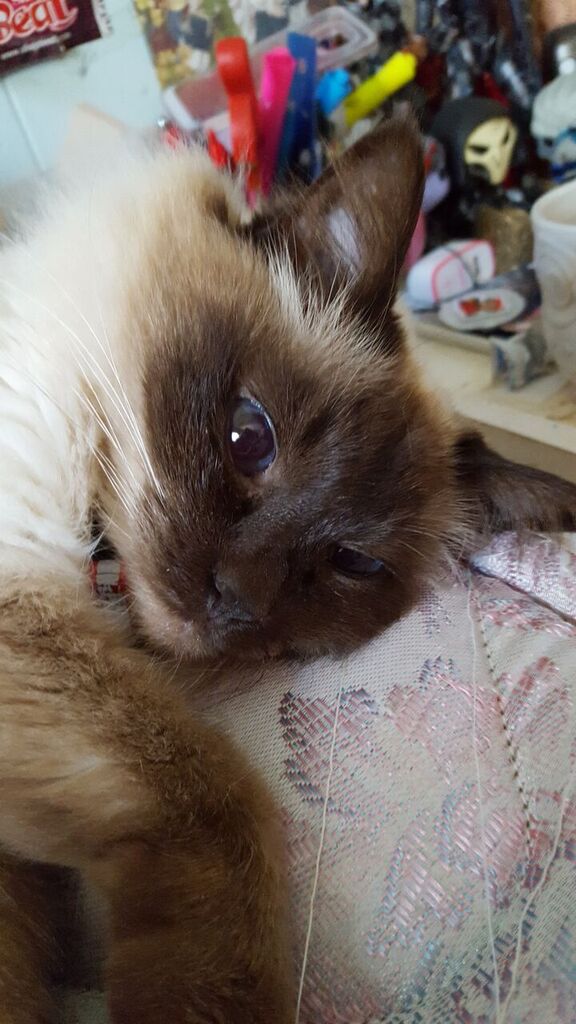
Getting lingual on your lipstick
By Brittney MacDonald, Life & Style Editor
Getting into the makeup game can be a little intimidating. Go into any Sephora—or even just the basic cosmetic counter at a drug store—and there are so many products out there just to confuse you, with next to none of them coming with instruction manuals.
Luckily, YouTube now exists, and it can provide you with hundreds of video tutorials that will teach you everything from the bare basics of blending your foundation, to the latest elite make-up craze. If you’re not down with the lingo, however, even these videos can get confusing. Now, a few months ago there was a two-part piece written by the Other Press’s lovely Humour Editor, Rebecca Peterson, regarding the terminology surrounding nail polish. I have decided to continue on with this educational presentation, and cover the various terms used in regards to cosmetic lip products—what they are, what do they do, and, most importantly, what’s the difference?
Beginning with the most basic, what is a lip balm? Balms are generally colourless, or lightly tinted, and their main function is to moisturize. Balms will be made out of oil solids like coconut oil, or beeswax, another common ingredient. They provide a subtle sheen, but this generally goes away after the product is absorbed by the skin.
Moving on to glosses. Glosses range in pigment from clear to extremely pigmented, and can also contain glitter. Strangely enough, despite the fact that they look quite wet, a gloss will not provide a lot of moisture to the lips, which is why many makeup artists recommend putting a lip balm on beforehand. Glosses can be made of any number of things, but the most common ingredient is petroleum, which is what gives the gloss that signature shine factor. Their main purpose is to make the lips look as shiny as possible (although some can be more subtle), because this will make them look bigger and fuller.
The next product up is a stain or tint. Not to be confused with tinted lip balm, a stain or a tint—what they’re called will vary from company to company—does as the names suggests; they dye your lips temporarily. This product is meant for long wear, and it is extremely natural looking, as it leaves the barest hint of colour. It’s generally just enough to make you look like you’ve just bitten your lip. These products are great if you find that you’re looking a little washed out.
Moving on to Ol’ Faithful—the lipstick. Lipsticks are meant to completely alter the colour of the lips, so they have very solid pigments. Like balms, they’re usually made of some form of wax, but as a general rule, the wax used in a lipstick will usually have a higher melting point than the wax used in a balm, so that the colour doesn’t go on streaky. As such, they feel thicker than a lip balm, but lighter than a gloss. Lipsticks also have the added bonus of being available in various finishes, such as satin or matte. This is purely an aesthetic option and has no real barring on how well the lipstick works—it simply provides a different texture.
Now entering the more complicated realm, we can take a look at creams. Creams are a strange hybrid between a lipstick and a lip gloss. They are matte, but have a texture similar to a mousse, so they feel thicker and more substantial on your lips. A lip cream is very full coverage, so if you’re wanting to try brighter colours but are afraid that your natural lip colour will bleed through, a cream is a good choice.
Liquid lipsticks have become increasingly popular over the last couple years—to the point where pretty much every company is coming out with a line of them. They are exactly how they sound; a liquid that then dries into a finish that is similar to a lipstick. Many people like liquid lipsticks because they give you more control during the application, as opposed to a traditional lipstick, and it also allows you all the shade and finish options available in a lipstick format.
These few terms are just the tip of the iceberg, but hopefully they’re enough for you to feel a little more confident the next time you have to brave the hell that is retail cosmetics.


